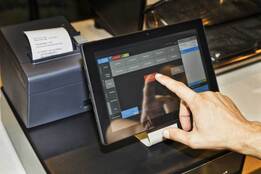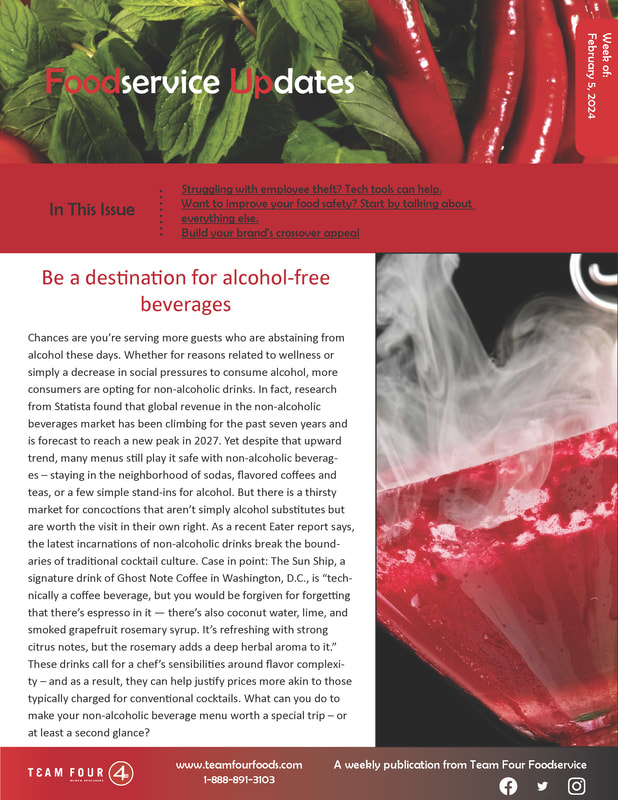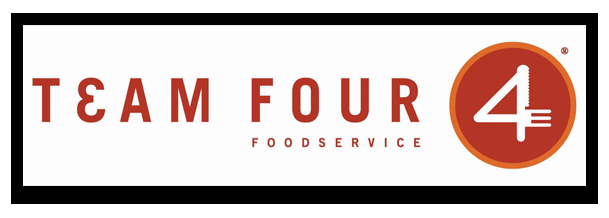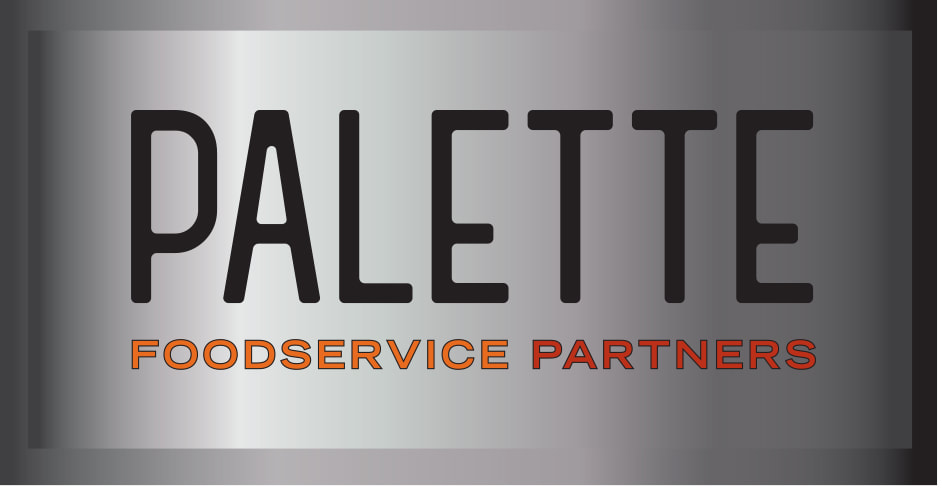 Your staff may be familiar with the key foods that tend to pose the greatest risk of foodborne illness, but if your menu is changing to accommodate more plant-based ingredients, your team may need to brush up on the pathogen risks of plant-based foods. This is especially true if the foods aren’t cooked prior to service and therefore provide a more fertile breeding ground for bacteria. Items like tofu; rice; cooked pasta, chickpeas, beans and lentils; herbs and spices; nuts and fresh produce all carry foodborne illness risk. Make sure your staff knows how to prepare and store these items, as well as what signs indicate that something needs to be discarded.  Poultry may be an especially hot commodity right now amid supply chain strains, but don’t let that result in the relaxation of any food safety standards on your part. Poultry is still among the top commodities responsible for foodborne illness, so it’s especially important to take care when preparing it. Keep raw poultry and its juices away from other foods during preparation and refrigeration. Don’t wash poultry, which can contaminate nearby surfaces. Cook it to an internal temperature of 165°F and ensure an accurate measure by inserting the thermometer into the thickest areas, avoiding bone.  It's more than enough to make you lose your appetite: One of the least sanitary places in a restaurant is the ice machine – not what anyone wants to hear, especially during the season of cool drinks. As The Rail reports, a 2006 study found that 70 percent of ice in ice machines contained more bacteria than the water in a toilet. How can you avoid this, right now? A weekly cleaning with a chlorine solution can keep mold and slime at bay, while a water softener or phosphate filter can prevent scale buildup. Have the machine professionally serviced on a regular basis as well. Look for traces of mold, slime, scale or sediment in your ice machine regularly, and use a clean scoop (stored outside of the machine) to scoop ice. The past year has sharpened our focus on the spread of viruses. As we come through the pandemic, take care to maintain simple practices that go far in preventing the spread of bacteria. According to the CDC, bare-hand contact with ready-to-eat foods causes about 30 percent of restaurant foodborne illness outbreaks each year. Beyond all-important frequent handwashing, StatefoodSafety.com advises using gloves, deli tissue or tongs to provide a barrier between hands and ready-to-eat foods, and carrying plates, glasses and utensils in a way that avoids the touching of eating or drinking surfaces.
This year has provided a stark wake-up call about the importance of protecting the safety of our food. Up-and-coming technology called hyperspectral imaging, which can detect pathogens in food, optimize the uniformity of a product’s quality and even help with precision agriculture, has been gaining ground rapidly in the food safety industry this year. In the coming months, it’s an additional feature to watch for and discuss with food suppliers and distributors, particularly as more foodservice operations adopt speed-scratch food products to help boost efficiency. Learn more about the technology here (https://bit.ly/2JcwyHC).
What’s a holiday menu without potatoes, carrots, turnips and the many other root vegetables of the season? Just take care to wash them carefully before you slice into them, since the crevices in these vegetables can trap dirt and contaminants that you don’t want to pass on to other parts of the food. Before peeling or slicing these items, soak them in cold water for a few minutes before rinsing them under running water while scrubbing them with a clean brush.
Safety is the new hospitality – but will the enhanced, labor-intensive cleaning practices brought on by the pandemic persist indefinitely? Chris Boyles, vice president of food safety for Steritech, told Modern Restaurant Management recently that he sees potential for growth in food safety technologies ranging from far UVC light to kitchen sensors – tools that both happen to lighten the cleaning load for staff. Far UVC light, with its ability to destroy germs without harming people, may be tested this winter as operators battle through both flu season and COVID-19. Meanwhile, Boyles predicts that the use of sensors to ensure food safety may expand as operators automate more of their food preparation processes going forward.
The coronavirus has brought new importance to the cleanliness of restaurant facilities – and you may well be cleaning surfaces more regularly now. Your POS equipment needs special care, since improper cleaning and disinfecting can cloud screens or damage other components. The National Restaurant Association advises following the manufacturer’s guidelines for all cleaning and disinfecting, but some general rules apply overall: Before cleaning equipment, make sure your hands are clean and dry. Use a clean microfiber cloth or soft towel – not soap – to clean visible marks on equipment. Don’t pour disinfecting liquids directly onto a POS surface; rather, use a solution that’s at least 60 percent alcohol on a soft towel or microfiber cloth, or use premoistened alcohol wipes.
To avoid the spread of the coronavirus, not to mention seasonal flu, restaurants and other facilities where people congregate are raising their game when it comes to regularly disinfecting the surfaces where germs can lurk and be easily transferred. Beyond the long list of items such as table surfaces, seating areas, food preparation areas and trash containers that are a regular part of your cleaning routine, remember small-surface-area items like light switches, keypads and door push plates that can harbor harmful bacteria. Don’t neglect to clean and sanitize handles throughout your facility too – such as those on toilets, sinks, doors, food and ice scoops and appliances – as well as push plates on soap, paper towel and beverage dispensers. Be sure to use sanitizers at the proper temperature, concentration and for the proper length of time to ensure their effectiveness. The health technology company Ecolab provides industry-specific checklists that remind operators of the surfaces they need to clean and sanitize regularly – or contact Team Four for help in fine-tuning your cleaning and sanitation practices.
As the coronavirus has spread and restaurants have had to transition to a takeout-only model, what are restaurants to do to protect themselves and the customers they serve – and to somehow keep business coming in? Despite the many tech advances that have swept the industry, restaurants – until very recently – have been social places where people are on the front lines. A recent Restaurant Business report, which includes advice from a law firm specializing in employment issues, advises clear communication with employees in several areas: share your plan with them (and make sure it covers employee concerns such as your sick leave policy and your plan of operation during school closures) and provide training to ensure everyone knows what procedures to follow if they develop symptoms of COVID-19 or are diagnosed with it. Day to day, increase your efforts to sanitize door handles and kitchen and bathroom surfaces more often. Some operators are placing hand sanitizer at their building entrances, as well as outside the restroom and at stations in the back of the house. And while delivery was once considered a nice-to-have service, it’s now critical. Even if you don’t currently offer mobile ordering tech, now is the time to adjust your menu and offer a simple takeout menu that can be picked up outside of your establishment or dropped off outside a customer’s door for contactless delivery. Right now food delivery is considered a public service for people who are elderly, vulnerable and isolated, so promote on social media and to neighborhood news groups that you are open and ready to help, and provide your menu and contact information. Finally, encourage people to pick up the phone and call you – it’s old-fashioned but people are missing the social connections that restaurants have long been able to provide. You can provide a valuable way for people maintain those community ties as the industry pulls through this time of uncertainty.
|
subscribe to our newsletterArchives
July 2024
Categories
All
|










 RSS Feed
RSS Feed